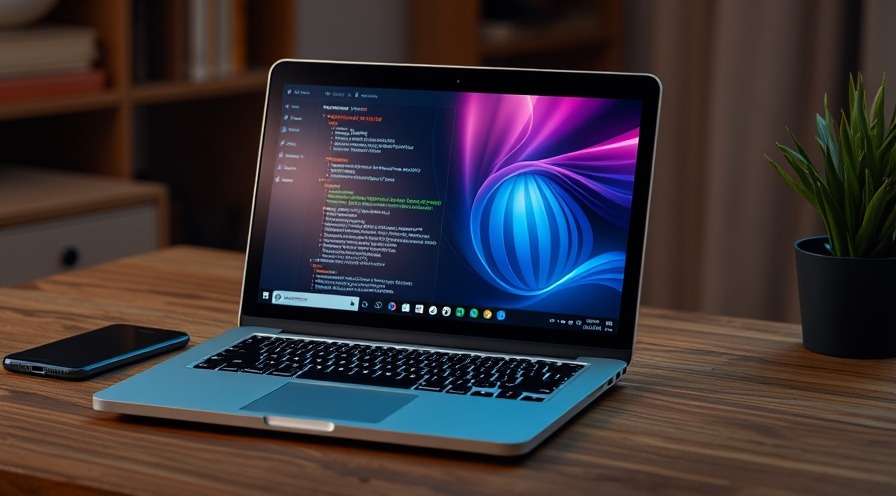
Anthropic Takes the Lead in Corporate AI
The corporate AI landscape has undergone a seismic shift, with Anthropic supplanting OpenAI as the leader in the sector. According to a recent report from Menlo Ventures, OpenAI's share in the corporate giant language model (LLM) market has dramatically decreased from 50% in 2023 to just 25%. This substantial decline is attributed to the rising popularity of Anthropic's Generative AI model, 'Claude,' which is now commanding a significant 32% market share.
The Rise of Claude: The Developer's Choice
Catalyzed by its exceptional coding capabilities, Claude has rapidly gained traction among developers, particularly following the launches of 'Claude Sonet 3.5' and 'Claude Sonet 3.7'. These versions have positioned Claude as the preferred tool for generating code, currently dominating the corporate coding market with a formidable 42% share, overshadowing OpenAI's GPT, which holds only 21%.
Strategies and Pricing Differences
Despite OpenAI's dominance in the consumer market, there is a compelling contrast in how both companies approach pricing and usage restrictions. Anthropic has announced a restriction on Claude's usage under its subscription model, 'Claude Max', due to overwhelming demand. Priced at $100–$200 per month, this plan places a weekly limit on heavy users, illustrating the extreme popularity of Claude. In contrast, OpenAI maintains its unlimited GPT Pro offering at the same price, supporting its ongoing influence with general consumers.
Shifting Preferences for Closed-Source Models
The report also highlights a concerning trend for open-source AI models, with their usage among companies falling from 19% to just 13% in six months. While open-source models do present advantages like customization and cost savings, many companies are shifting towards closed models for enhanced performance. The past reliance on models like Llama and Dipsyck has decreased significantly due to their inability to match the speed and operational efficiency of closed-source models.
Challenges Ahead
The transition to these newer models is not without its hurdles. Organizations face technical complexities in the installation and distribution of AI technologies, and access to high-quality open-source models is becoming increasingly limited, particularly in specific markets such as China. As the report concludes, the performance benefits of closed-source AI models are leading companies to prioritize functionality over cost.
What This Means for the Future of AI
As the landscape continues to evolve, businesses will need to stay informed about the latest developments in AI technologies to maintain their competitive edge. Recording the shifts in market share, consumer preferences, and operational needs can offer insight into the broader applications of these technologies.
 Add Row
Add Row  Add
Add 




Write A Comment